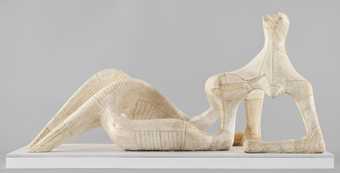7 rooms in Spotlights
Henry Moore and Francis Bacon created images of the human body, responding to its physical and expressive form
Art in this room

Francis Bacon
Triptych August 1972
1972
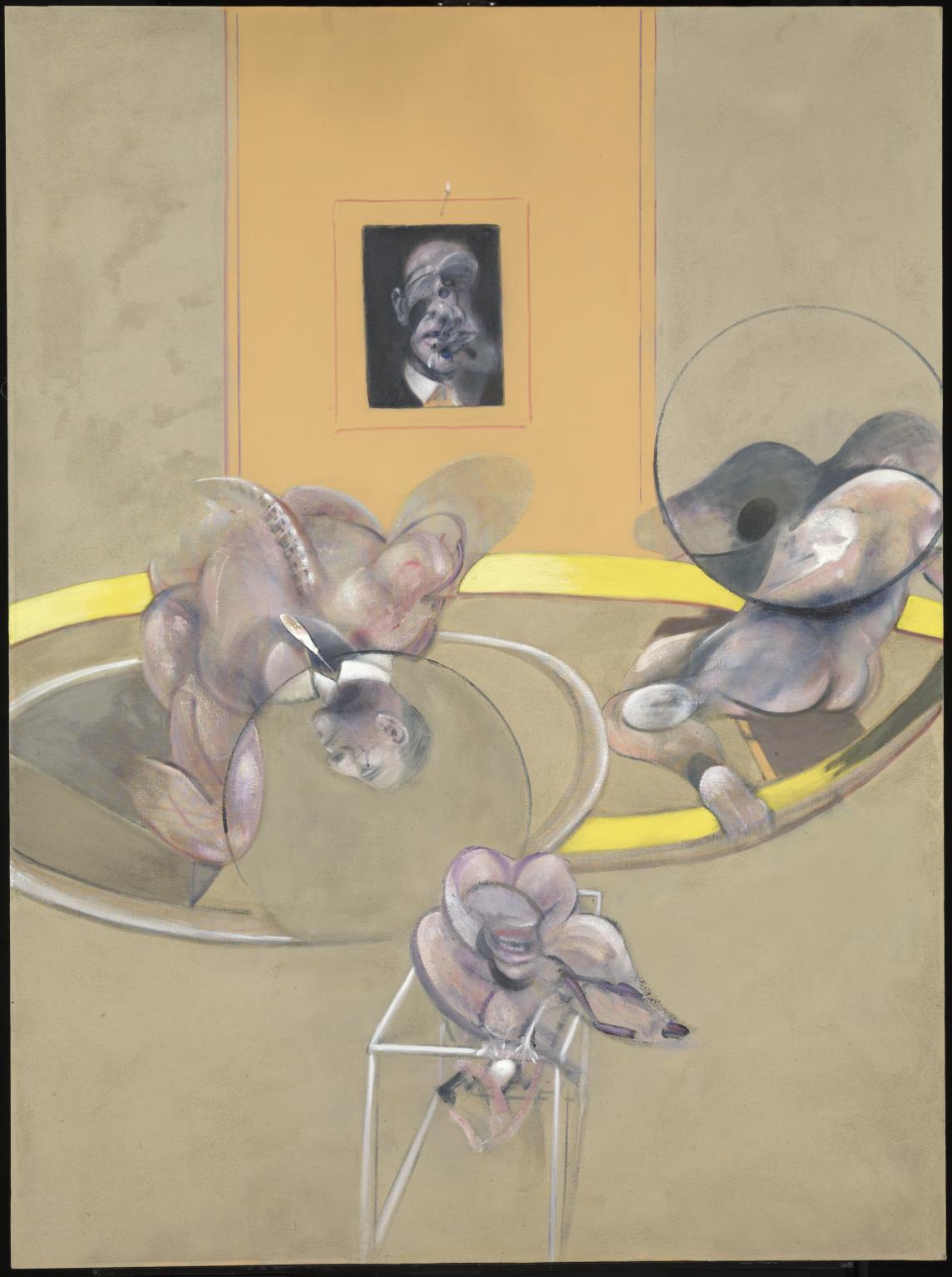
Francis Bacon
Three Figures and Portrait
1975
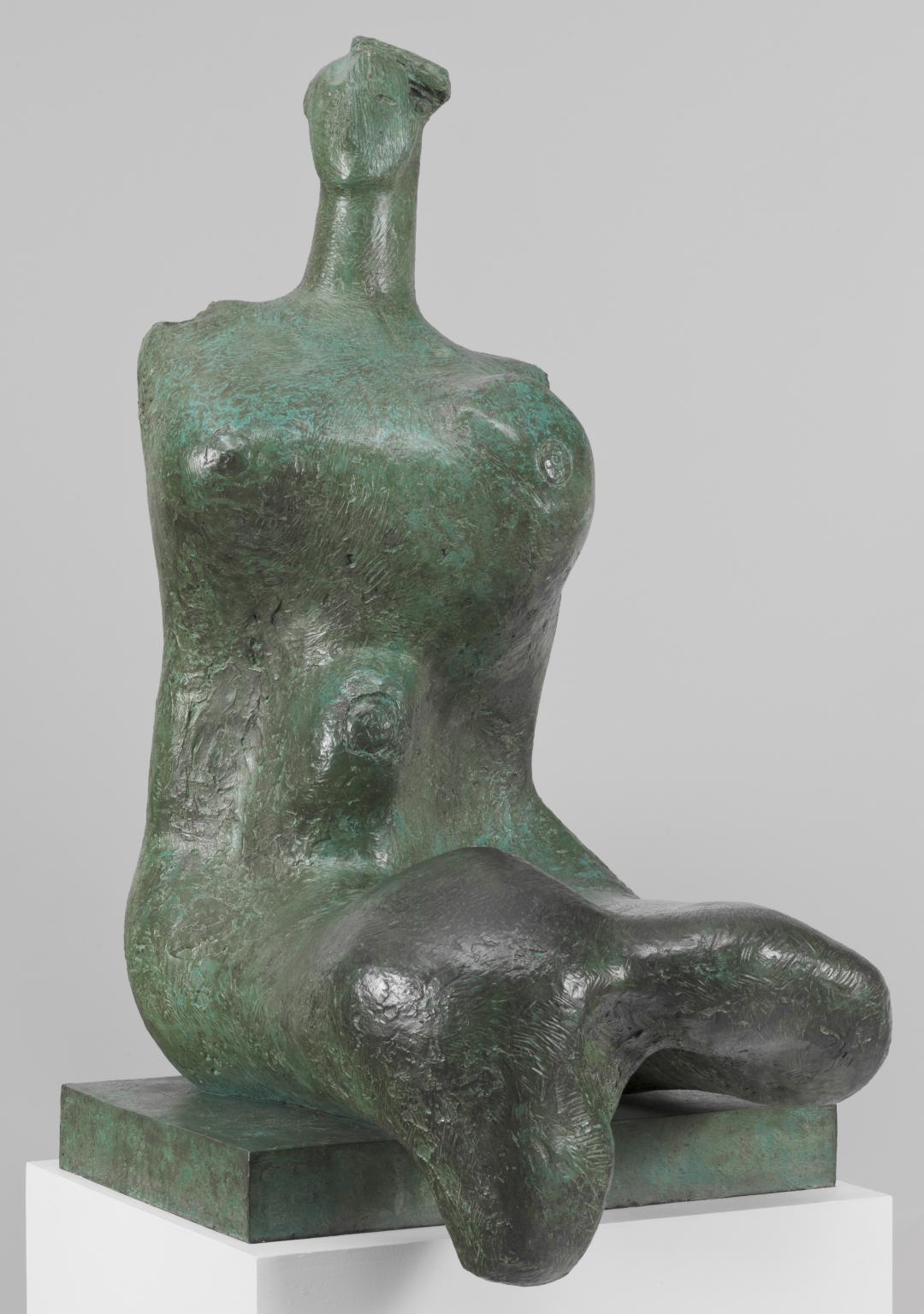
Henry Moore OM, CH
Woman
1957–8, cast date unknown
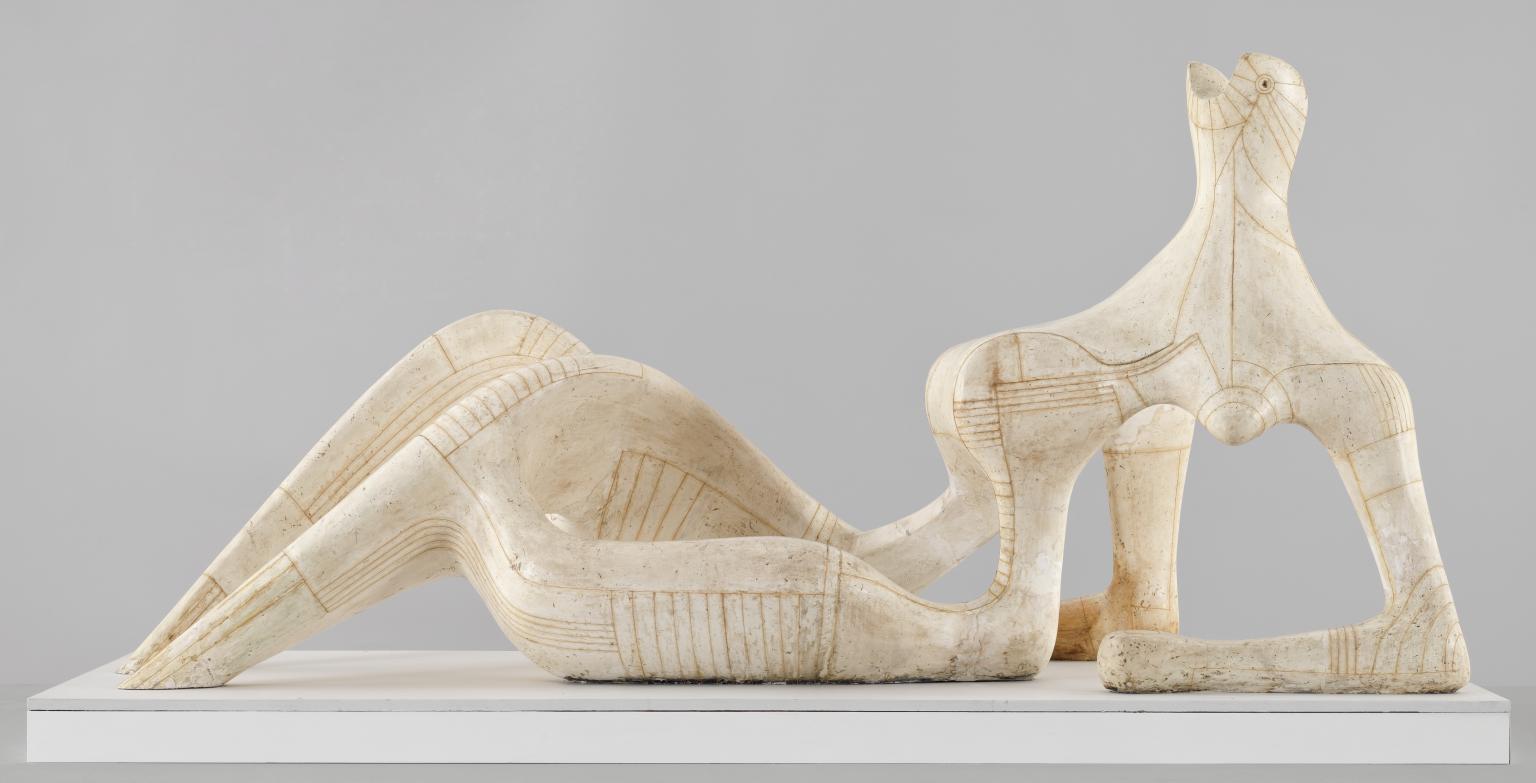
Henry Moore OM, CH
Reclining Figure
1951

Francis Bacon
Study for Portrait on Folding Bed
1963
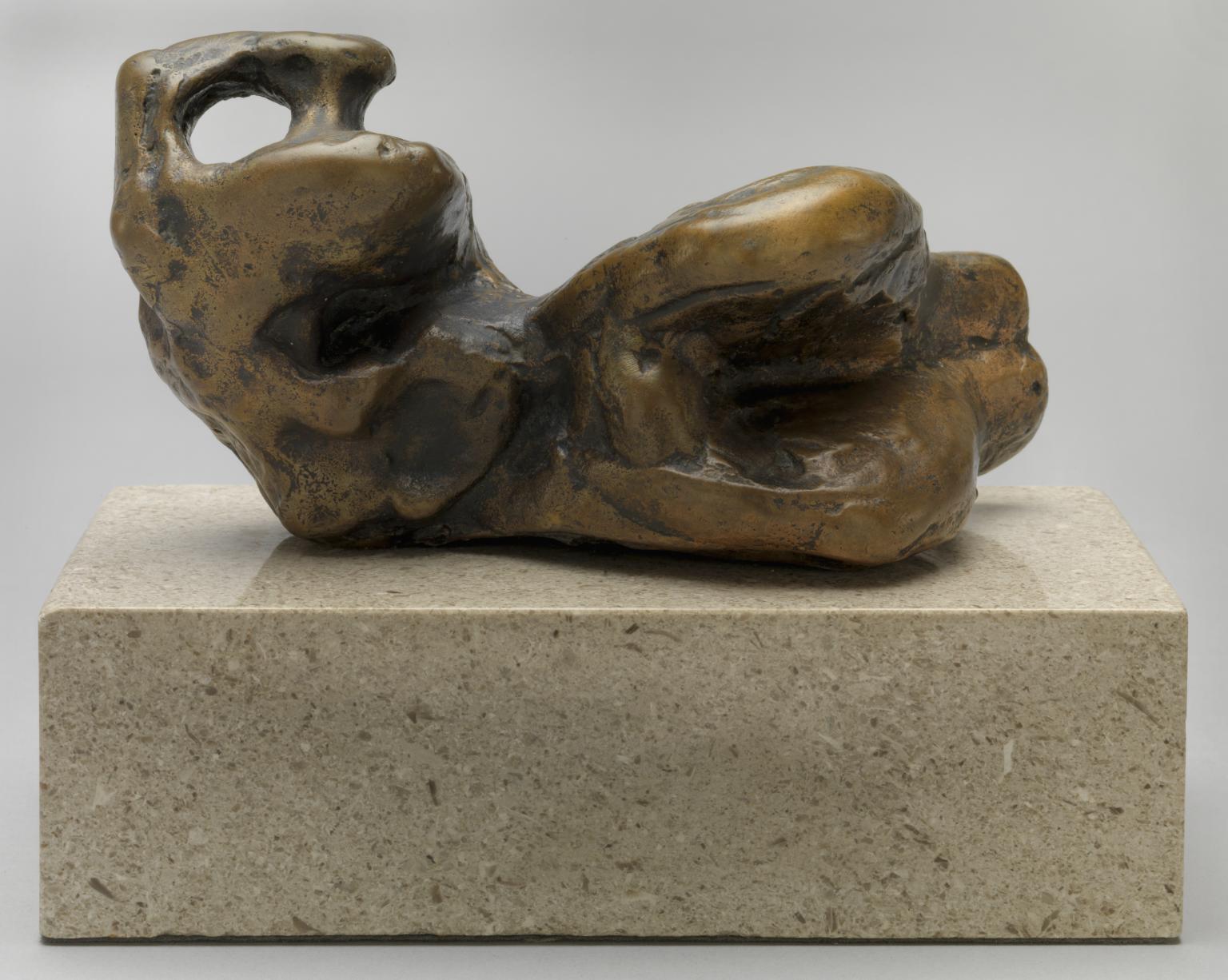
Henry Moore OM, CH
Reclining Figure: Bunched
1961, cast 1961–2
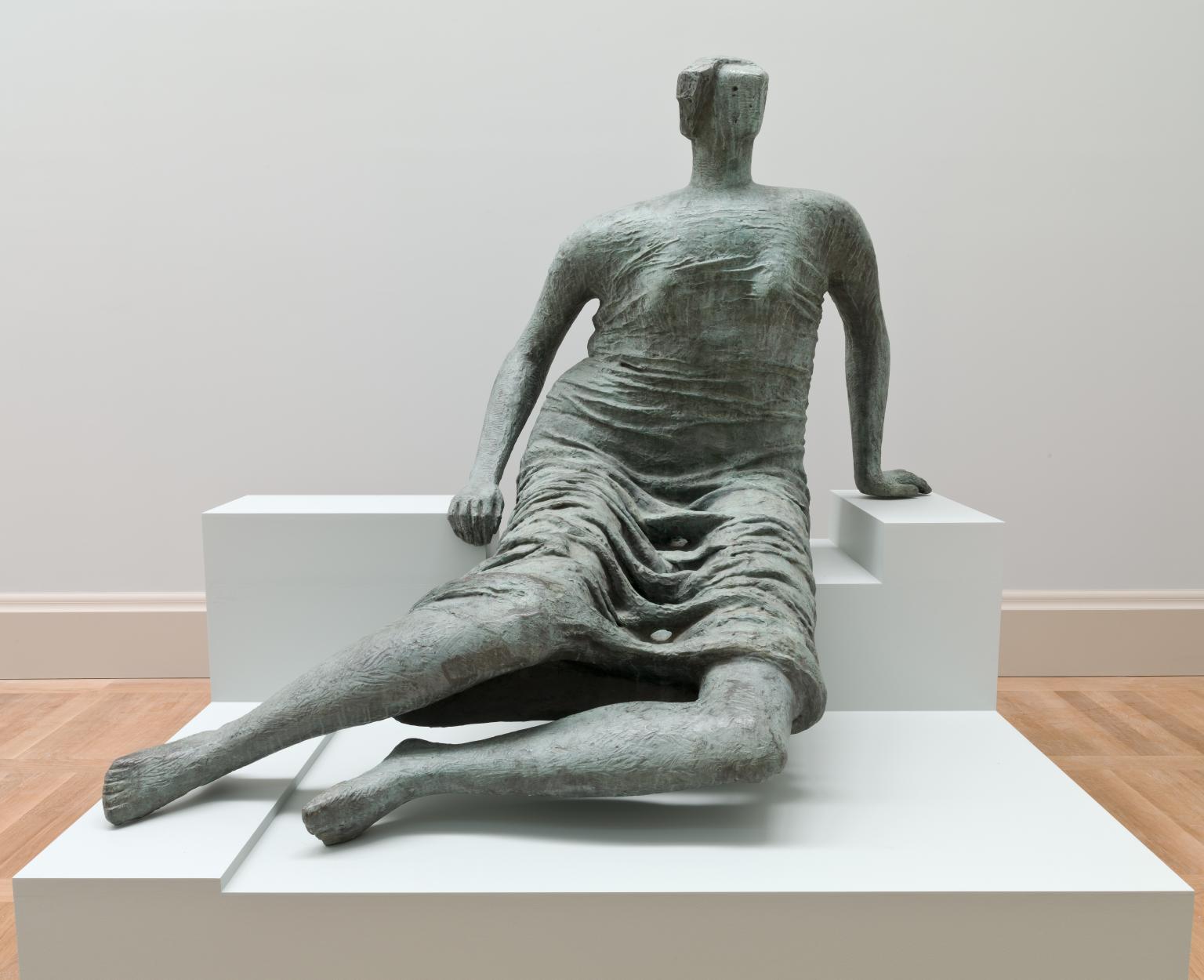
Henry Moore OM, CH
Draped Seated Woman
1957–8, cast c.1958–63
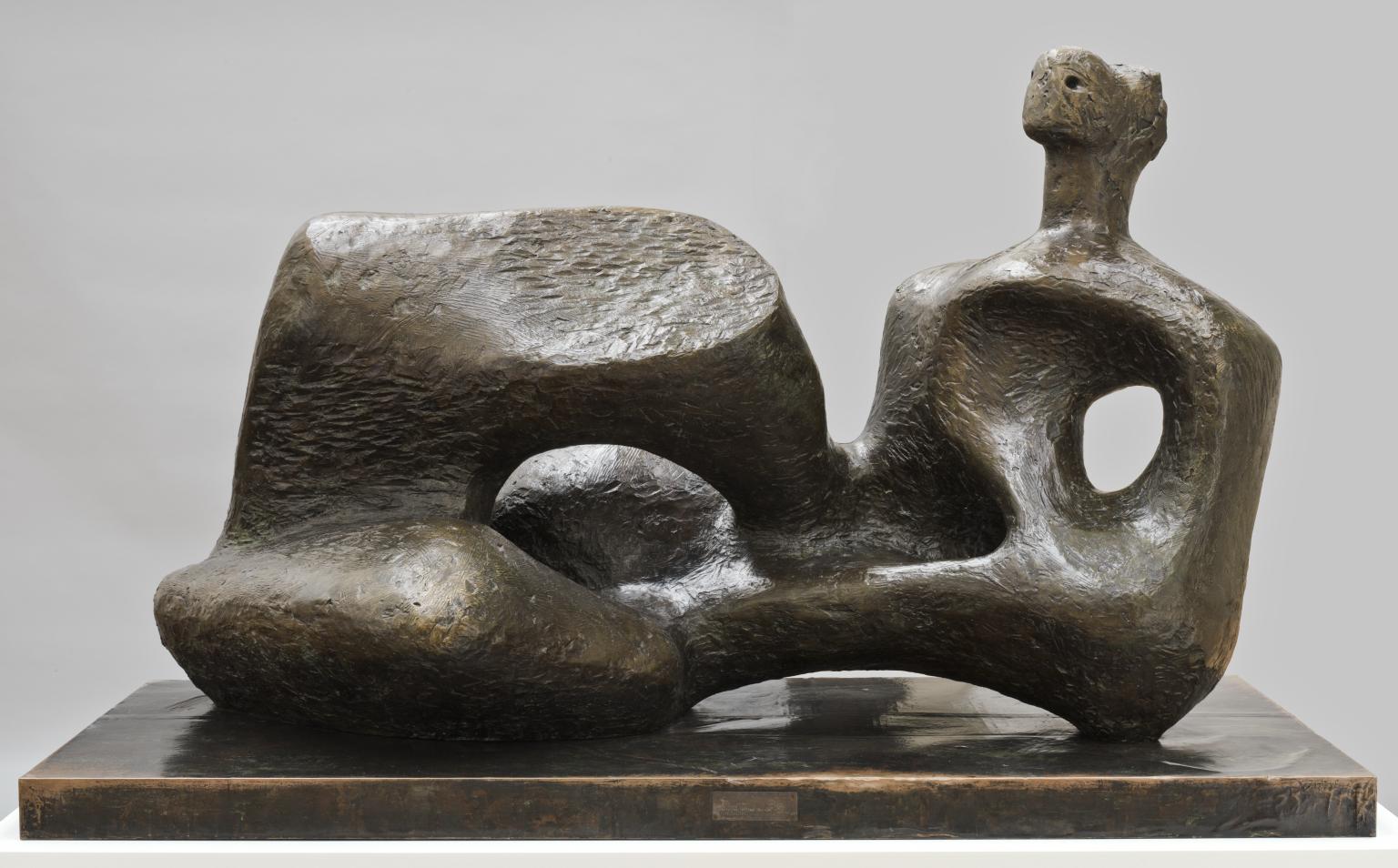
Henry Moore OM, CH
Working Model for Unesco Reclining Figure
1957, cast c.1959–61

